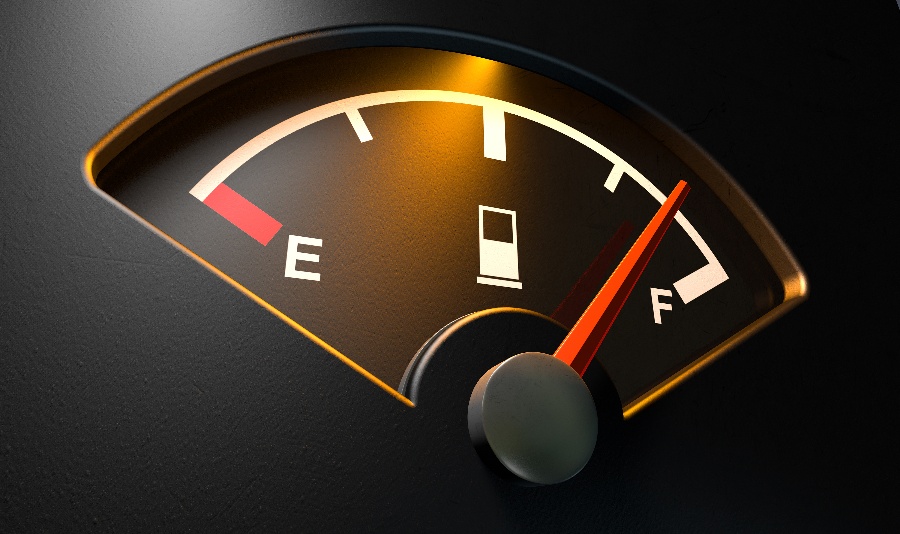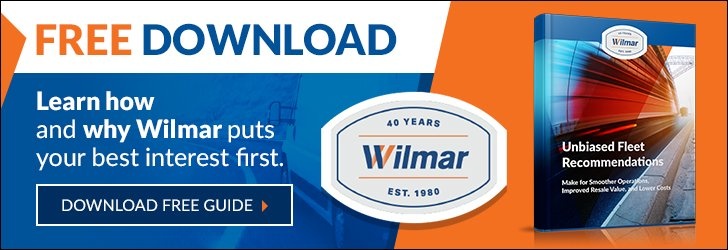
Fuel efficiency is a serious concern for most fleets. In many cases, fuel can define your daily overhead. Good fuel prices and efficient driving can significantly reduce your budget use in a month and long-term improvements can go so far as to impact your end-of-year revenue.
From another perspective, fuel efficiency also decreases the carbon footprint of your business model and can help to make your entire service more environmentally friendly.
As a fleet manager, your program management style determines fuel efficiency. From your maintenance schedule to your route planning, every little detail matters in how much each driver burns in a day, a month, and a year.
Of course, driver behavior matters as well. The best way to lower your fuel consumption and keep that number low is to build a multi-layer approach to fuel efficiency. Here are our top nine best practices for a fuel-efficient program.
1. Upgrade Your Fleet Efficiency
Naturally, the ideal way to reduce fuel efficiency is to have the most fuel-efficient vehicles. If you are currently building or growing your fleet, this might be a great way to start your program. Building a local EV fleet is ever-more viable as charge stations spread over the states, while a hybrid or a highly efficient cargo fleet can help reduce your overall fuel use even with heavy loads.
2. Reward Smooth Drivers through Telematic Tracking
Telematics allows you to track just how smoothly your drivers are operating their vehicles. Slow acceleration, maintaining a steady speed, smooth turns, and coasting deceleration all reduce the amount of fuel used in each trip. This means hard drivers not only but wear in the brakes and tires, they also use up more gasoline every time they drive.
The best way to improve driver behavior is to track the smoothness (and timing-efficiency) of each drive and reward those who achieve the greatest balance between smooth driving and on-time deliveries. This will motivate the rest of the team to model a fuel-efficient driving style.
3. Anticipate Traffic with Advanced Routing
Getting caught in traffic is also bad for fuel efficiency, but no one knows the roads better than drivers, whose workplace is the local city streets. Get to know the traffic patterns along your routes and start planning based on time of day and known periods where certain lights and roads back up. Then avoid those routes.
You can save time and gas by routing through side streets or taking a different path to avoid bad traffic. This will also enable you to advance your route managing techniques in other ways, like avoiding icy patches in the winter or badly paved neighborhoods.
4. Check Tire Pressure Every Morning
Tire inflation can increase your fleet mileage by up to 3% per gallon. This is great news because tire pressure is something that is uniquely easy for a fleet to handle. Every morning before the drivers head out, check the tire pressure on each vehicle. Make sure your tires are neither losing efficiency at too-low inflation or wearing out quickly at too-high inflation.
5. Don't Carry Unnecessary Weight
Unload weight from your fleet vehicles that doesn't need to be there. Old equipment, rarely used toolboxes, and unused cargo racks only increase the weight your fuel tank must haul around. Instead, create unusually lightweight vehicles that use less fuel than your typical fleet vehicle design.
6. Give Your Drivers a Fuel Consumption Display
One of the best ways to improve your fuel consumption is to give your drivers direct feedback. Drivers who can see their fuel use will be more able to optimize their driving. They can see when new driving techniques are effective in reducing fuel use and will gain that early reward of accomplishment, along with warnings when fuel use is high, before they hit HQ again.
7. Only Send Out the Vehicles You Need
Reduce your active fleet size, when necessary. You don't have to send every vehicle out every day, especially if there's a minimal route that could be rolled into another driver's day. This reduces the fuel used in making short, potentially unnecessary trips out.
8. Strategize Through Driver Fuel Cards
Driver fuel cards provide your drivers with a strict budget and a dedicated line of credit for fuel costs. But more than that, they collect data you can use as valuable insights. What are the exact fuel costs at each location your drivers stop at? Which locations are hit most often, and on which routes by which drivers? You can build a map of good gas prices, good places for drivers and mobile teams to take breaks and track fuel spending at the same time.
Are you ready to build a fuel-efficient fleet program? So are we! Contact us today for more fuel-efficient fleet management ideas or for a fleet management service you can trust to have fuel efficiency in mind.








